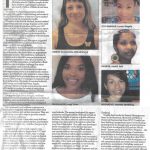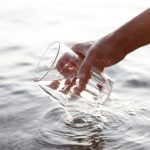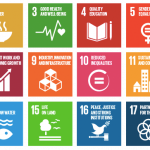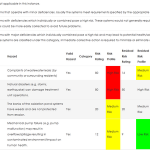Water Safety Conference – Kuching, Malaysia
 Philip de Souza from Emanti attended the recent Water Safety Conference held in Kuching, Malaysia from 2 – 4 November 2010. The theme of the conference was Managing Drinking Water Quality for Public Health and saw some 200 delegates attending the various workshops and sessions.
Philip de Souza from Emanti attended the recent Water Safety Conference held in Kuching, Malaysia from 2 – 4 November 2010. The theme of the conference was Managing Drinking Water Quality for Public Health and saw some 200 delegates attending the various workshops and sessions.
At the pre-conference workshops Philip presented a number of South African sector developed water services tools including: (1) Water Research Commission (WRC) Water Safety Plan Tool, (2) WRC Water Supply System Assessment Tool (SSAT), (3) WRC Small Systems Assessment Tool, (4) WRC Water Services Infrastructure Vulnerability and Risk Assessment Tool (Asset Management), (5) Electronic Mobile Water Application (eMWAP), (6) Department of Water Affairs ((DWA) Strategic Self-Assessment of Water Services, (7) DWA Information Technology Needs Assessment Tool, (8) DWA Minimum Compliant Drinking Water Quality Management Programme, (9) WRC Operational Information Tool (OIT) and (10) WRC Waste Stabilization Pond Tool.
Philip was also fortunate enough to be one of the delegates presenting a paper at the conference. Thetitle of the paper was: “Web Enablement of a Water Safety Plan via the Municipal-based Electronic Water Quality Management System (eWQMS)” and focussed on the progress of the recent WRC project. In particular, two Water Safety Plan (WSP) related tools were presented, namely:
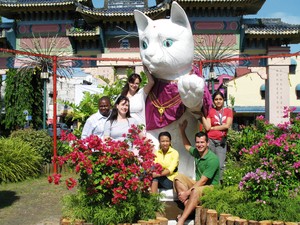
- Water Safety Plan Status Checklist – This tool allows one to rapidly assess progress in the WSP process (i.e. “where are we and what do we still need to do”). It considers typical steps of the WSP process and asks 5 key questions per step. A colour-coded “spider-diagram” output is provided of the status.
- Water Safety Plan Tool – This tool is used to prepare a Water Safety Plan, and is largely based on the Water Research Commission (WRC) Water Safety Plan Guidelines, WHO Water Safety Plan Guidelines and other literature sources. To complete the integrated water management cycle, wastewater components have also been included within the Water Safety Plan Tool.
The Water Safety Plan tools (both the spreadsheet and web-based versions) were very well received, and some useful feedback was provided to further enhance the tools. The knowledge gained will be used to further improve the tools for South Africa!
 Over the course of the 3 days, there was ample time for networking and knowledge and experiences sharing in efforts to assist municipal engineers in addressing the challenges that they are facing. In addition, a special discussion forum was arranged and attended by African delegates, with the aim to establish a network of expertise and on-going sharing of learning and continued collaboration.
Over the course of the 3 days, there was ample time for networking and knowledge and experiences sharing in efforts to assist municipal engineers in addressing the challenges that they are facing. In addition, a special discussion forum was arranged and attended by African delegates, with the aim to establish a network of expertise and on-going sharing of learning and continued collaboration.
Emanti will seek to build upon these initial interactions and expand collaboration and partnerships with both local and international water safety orientated organizations. In particular, through such collaborations South African sector developed water services tools can be further enhanced to the benefit of the citizens of South Africa.
Besides the valuable knowledge gained and excellent networking, Philip also enjoyed the beauty of Borneo. He has recommended that anyone travelling to Borneo should definitely visit one of the national parks so see some interesting fauna and flora. In particular, a visit to the orangutans is a must!



